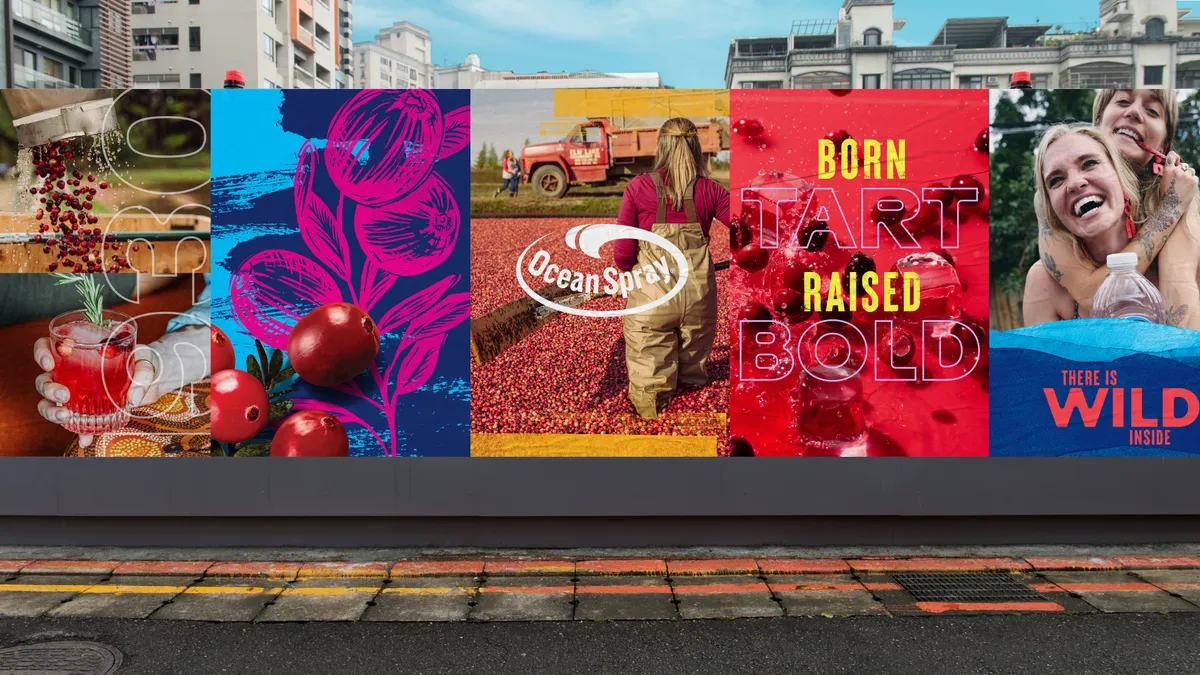Dive Brief:
-
Influencer collaborations had 57% more reach and impact in 2020 compared to 2019, according to Klear's State of Influencer Marketing 2021 report that was emailed to Marketing Dive.
-
While usage of the #ad hashtag in Instagram posts declined 19% year-over-year, creators' use of sponsored Stories rose 32% in 2020. Similarly, sponsorship activity overall increased on TikTok by 130% this year.
-
The survey of more than 5,000 influencers across social networks pinpointed changes in influencer marketing's demographic makeup. Gen Z, defined by Klear as those aged18-24, contributed to a 9% lift in the production of influencer #ad content, and was the only cohort to increase its volume of sponsored Instagram posts.
Dive Insight:
Klear's State of Influencer Marketing 2021 report shows how influencers are shifting away from full posts and toward shorter snippets on TikTok and Instagram Stories, mirroring changes in consumer behavior on the social platforms.
While the number of #ad posts on Instagram declined, the value of influencers rose this year due to leaps in reach and impact that suggest creator partnerships are still a valuable part of the marketing mix, according to Klear. The importance of influencers is reflected in ad budgets, as 73% of marketers in the U.S., U.K. and Germany said they put more resources into influencer marketing in the past year, a separate Takumi survey found.
The Klear report also revealed that Gen Z is a key source of growth for influencer marketing, as the cohort's share of the industry rose from 31% in 2019 to 34% in 2020. As the young demographic grows in spending power, Gen Z may continue to comprise an increasingly large chunk of the influencer market.
As Gen Z's importance to influencer marketing crystallizes, brands will have to tailor their messages and those of their influencer partners to the demographic. Klear's report notes that 80% of brands made a statement in support of #BlackLivesMatter in 2020, a baseline move to engage with a demographic that demands that brands support social causes. A Valassis study found that 36% of influencer-following consumers said they now follow a more diverse mix of creators than they did before the protests against racial inequality last summer.
Meanwhile, TikTok's evolution as an influencer platform comes as the viral video app builds out its advertiser capabilities, even as it faces an existential threat from a ban that's currently tied up in court. TikTok in September introduced a program to showcase approved providers of advertising services on its app, and later announced a partnership with e-commerce platform Shopify to help brands and retailers advertise their products through shoppable videos.















